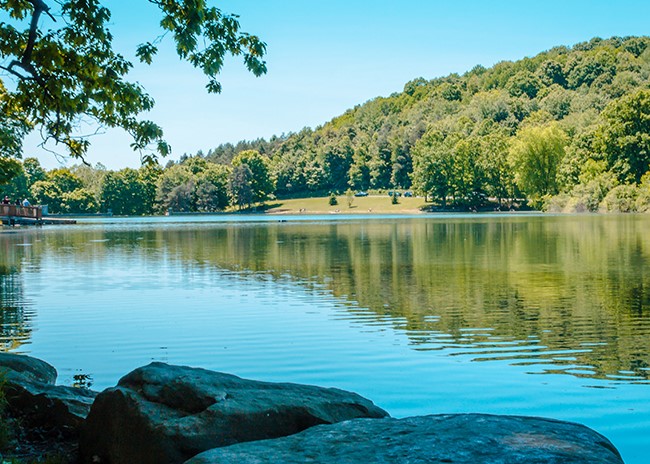Assembling the BR&E Task Force

~by Heather Strohm
Regional Extension Educator, Community Development – Purdue University
Three-legged stools are important concepts in economic development. Communities need attraction, retention and expansion by their companies so that sustainability and longevity are firmly planted and ingrained in their foundation. A community needs all three! As business retention and expansion continue to support Indiana communities and our communities across the country, it is important to consider a few key aspects. The November edition of the CD Ext Newsletter introduced how business retention and expansion could be of value to a community from a broader perspective. This edition will explore how to organize your BR&E Task Force.
As each region, community, city, town, and neighborhood has its own culture and characteristics, so will the Task Force. The Task Force is the committee that supports and guides your community’s BR&E initiative. The committee is comprised of eight to 15 individuals representing all sectors of business. For example, if your community is exploring a healthcare supply chain, the Task Force invitations might consist of local physicians, Red Cross officials, and hospital and clinic employees, as well as those Tier 1 and Tier 2 suppliers who provide goods/services to the larger employers in the area. The list could expand further to include other professionals in your community.
To put together a representative Task Force, you need to explore your economic landscape. What do your major employers look like? Who are they? What are their economic drivers? How do educational attainment and achievement rank in your region? Each of these data points and their intersections has an impact on how decisions are made within the BR&E program.
After the Task Force is assembled, they should complete a Community Readiness Assessment. The assessment provides a roadmap of the entrepreneurial and business support ecosystem that exists in the community. How might the Task Force leverage this assessment as the program moves forward?
Each of these components builds upon one another, allowing the Task Force members to gain a deeper understanding of the ecosystem and network that lives and breathes in their community. As the layers are stacked upon one another throughout the BR&E program, trends and data rise to the top so the community can easily see what local businesses need to help them thrive.


